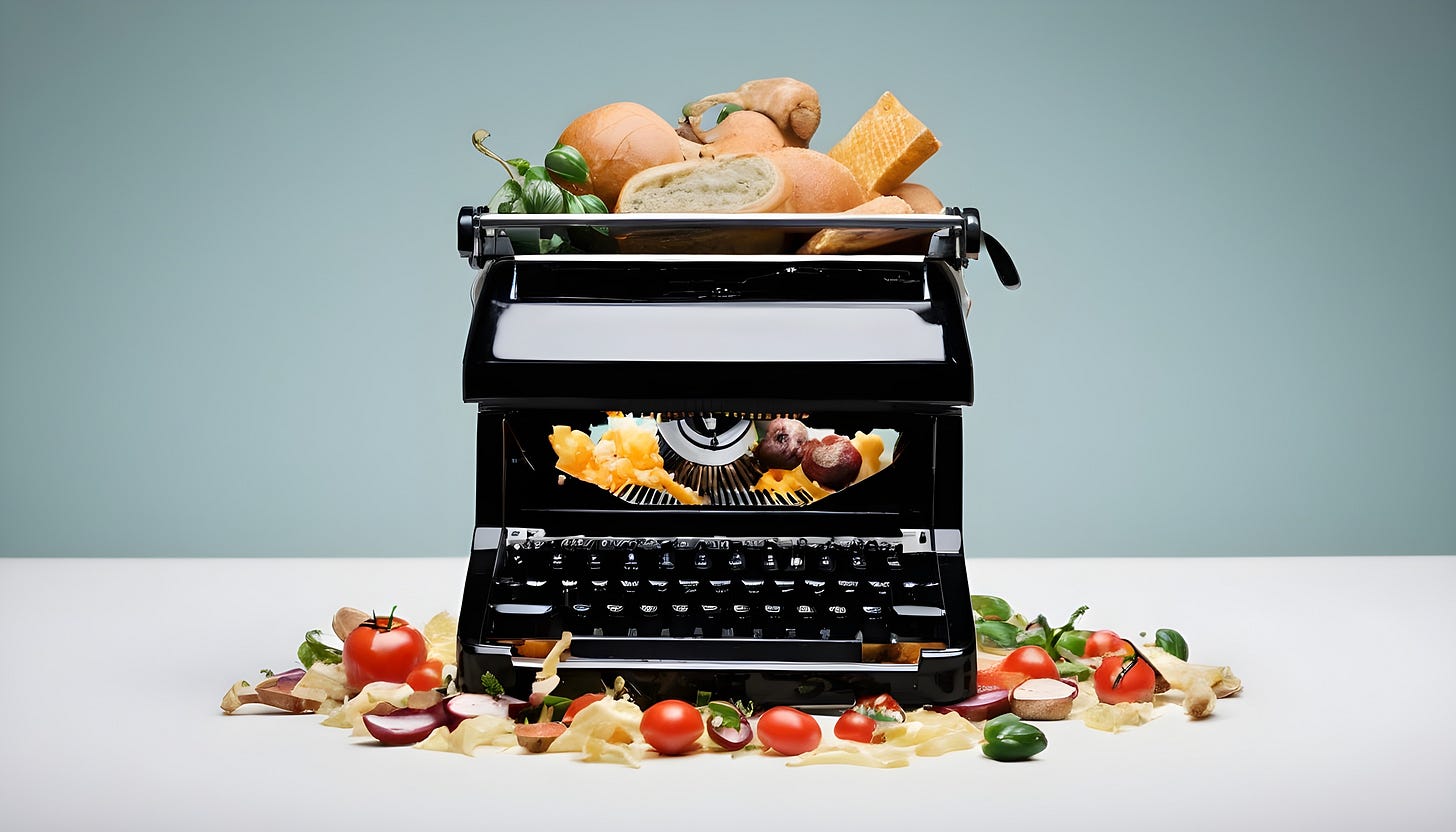Smashed #16: How, and how not to write a restaurant review.
The UK's restaurant and food scene digested
How, and how not to write a restaurant review.
I’ve been obsessed with restaurant reviews since the early 90s when Nigella Lawson’s column in The Spectator was the highlight of my week. It was a world before Coren and Rayner when Jonathan Meades still wore the critic’s crown and Fay Maschler had only been writing her Evening Standard column for about 20…




